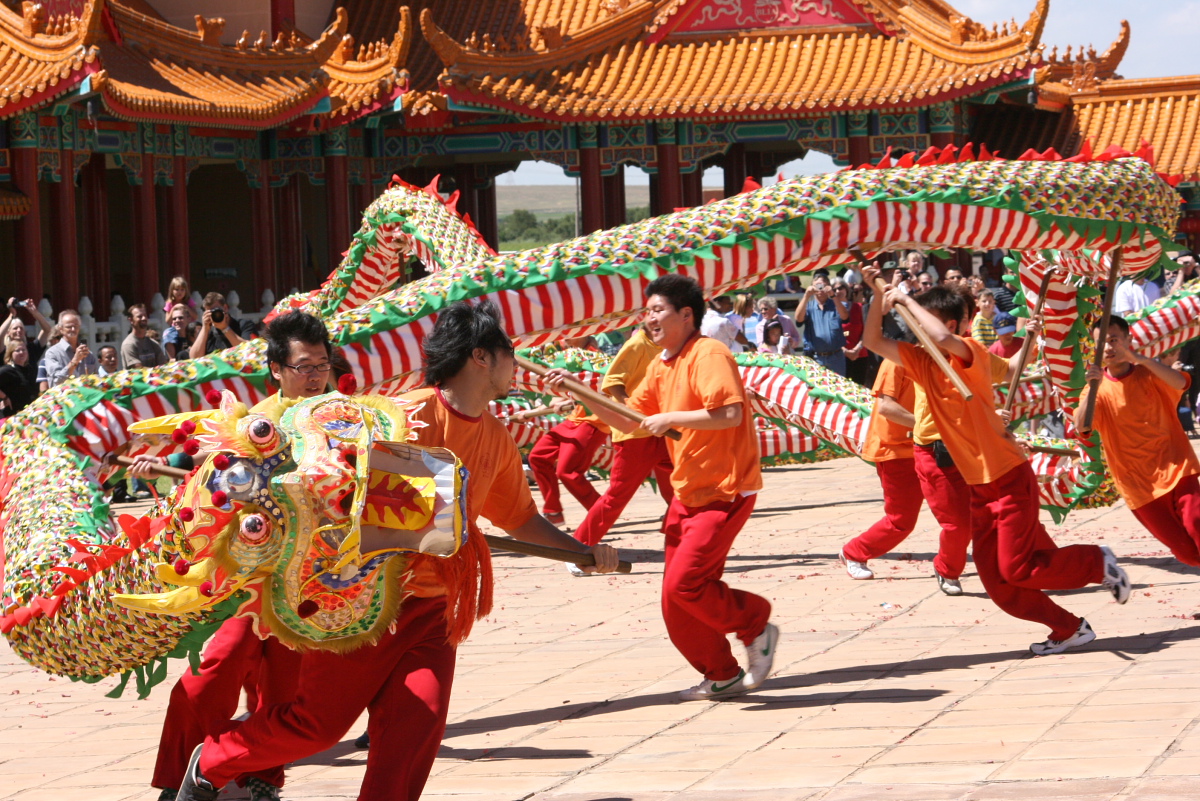Chinese Lunar New Year: Traditions & Celebrations
New Year’s Eve celebrations take place all around the world, on December 31st. That is, if you are following the Gregorian calendar… To determine Festival dates, Chinese culture still utilizes the Lunar Calendar, which simply counts the moon cycles from one spring to the next. Chinese months begin with a new moon, about every 29 1/2 days. The start of the new moon Spring cycle for 2016 began on February 8 and marks the beginning of the Chinese New Year!
2016 is the year of the Monkey! But what exactly does this mean? The Monkey is the 9th of the 12 animals in the 12 year Chinese zodiac cycle. Each year is associated with a Chinese zodiac animal and one of the 5 elements: Gold, Water, Wood, Fire or Earth. Both the sign and the element are said to affect your personality and destiny. If you were born in the years 1920, 1930, 1944, 1956, 1968, 1992, 2004, then you have quite the year to look forward to as you celebrate the Year of the Red Fire Monkey!
Like many other cultures’ New Year’s traditions, the main reasons to celebrate the New Year are to recognize a year of hard work, relax with family, and wish for a lucky and prosperous new year.
Some traditional Chinese New Year Celebrations include:
- Gathering with family to enjoy the New Year’s Eve dinner or “reunion dinner” and indulge in traditional Chinese plates, each with their own symbolism. For example, tangerines and oranges bring wealth and luck, while sweet food, like the New Year Cake, is necessary for wishing a prosperous life for the next year.
- “Painting the town red!” Every street, building and house where the New Year is celebrated is decorated in the color red, a color that symbolizes luck in the Chinese culture. You will find red lanterns hanging in the streets and red New Year pictures of prosperity decorating homes. It is even common to give and receive red envelopes “hong bao” filled with money to children and/or unmarried adults with no jobs.
- The New Year’s celebration ends after 15 days, with the Lantern Festival on February 22. The traditions for this festival vary across China, but the most important and prevalent customs are enjoying lanterns, guessing lantern riddles and lion dances.Lanterns are crafted to demonstrate traditional Chinese images, such as fruit, flowers, birds, animals, people and buildings. An illuminated lantern symbolizes illuminating the future and giving birth. Riddles are often placed on pastel colored lanterns through the towns where people can gather and try to solve the riddles. Lion dances are performed to the beat of a drum, cymbals and gong to ward off evil and pray for good fortune
And speaking of good fortune, may the Year of the Monkey grant good fortune to you this year!
By Kelly Sorfleet, Marketing & Communications Intern

